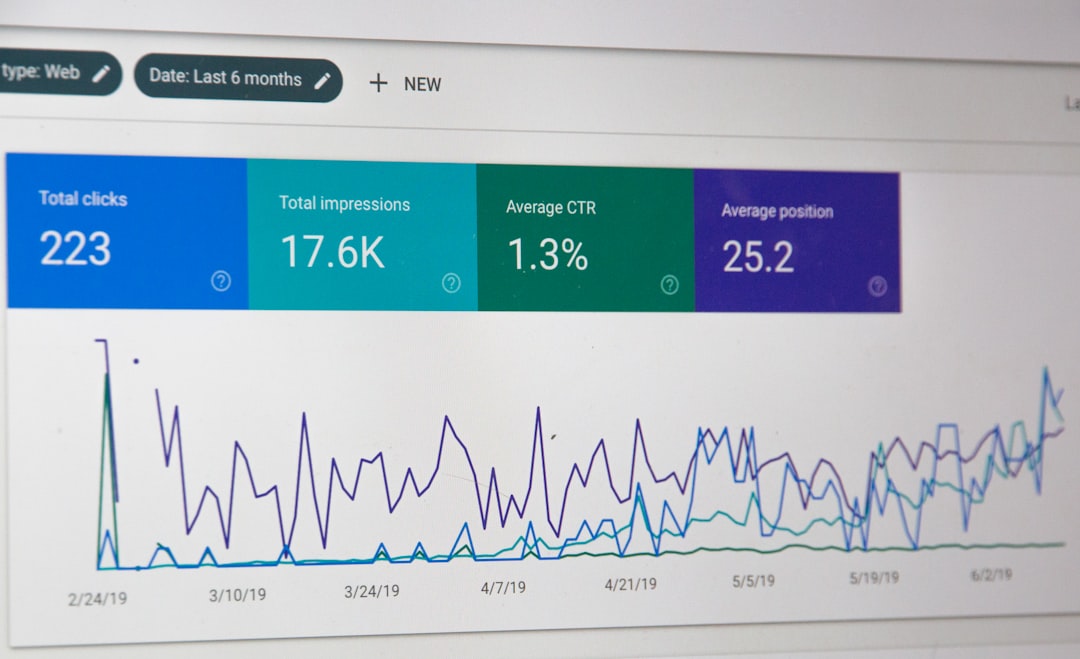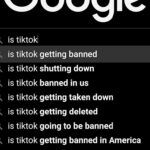Search Engine Optimization (SEO) has undergone a remarkable transformation since its inception in the early days of the internet. Initially, SEO was a rudimentary practice focused primarily on keyword stuffing and basic on-page optimization techniques. Websites would often cram as many keywords as possible into their content, meta tags, and URLs, hoping to rank higher in search engine results pages (SERPs).
This simplistic approach led to a plethora of low-quality content, as many webmasters prioritized search engine algorithms over user experience. The early 2000s saw the rise of search engines like Google, which began to refine their algorithms to prioritize quality and relevance over mere keyword frequency. As search engines evolved, so did the strategies employed by digital marketers.
The introduction of Google’s PageRank algorithm marked a significant turning point, emphasizing the importance of backlinks and the authority of websites. This shift encouraged webmasters to focus on creating valuable content that would naturally attract links from other reputable sites. The emergence of social media platforms further influenced SEO practices, as content sharing became a vital component of driving traffic and improving search rankings.
Over the years, SEO has matured into a multifaceted discipline that encompasses technical optimization, content strategy, user engagement metrics, and an understanding of search intent. Today, SEO is not just about manipulating algorithms; it is about creating a holistic digital experience that meets the needs of users while adhering to the guidelines set forth by search engines.
Key Takeaways
- SEO has evolved to become more user-focused and content-driven in the digital marketing landscape.
- AI and machine learning play a crucial role in enhancing SEO strategies by providing valuable insights and improving search engine algorithms.
- User experience is now a key factor in SEO, as search engines prioritize websites that offer a seamless and engaging experience for visitors.
- Voice search is on the rise, and businesses need to optimize their content for voice queries to stay relevant in the SEO landscape.
- Social media and SEO strategies are becoming increasingly integrated, as social signals are now considered in search engine rankings.
The Role of AI and Machine Learning in SEO
Artificial Intelligence (AI) and machine learning have become integral components of modern SEO strategies. These technologies enable search engines to analyze vast amounts of data and understand user behavior more effectively than ever before. Google’s use of AI in its algorithms, particularly with the introduction of RankBrain in 2015, marked a significant advancement in how search results are generated.
RankBrain utilizes machine learning to interpret complex queries and deliver more relevant results based on user intent. This shift has prompted digital marketers to rethink their approach to keyword research and content creation, focusing on semantic search and user intent rather than solely on specific keywords. Moreover, AI-driven tools are now available to assist marketers in optimizing their content for search engines.
These tools can analyze existing content, identify gaps in information, and suggest improvements based on current trends and user preferences. For instance, platforms like Clearscope and MarketMuse leverage AI to provide insights into keyword usage, content structure, and readability, allowing marketers to create high-quality content that resonates with both users and search engines. As AI continues to evolve, its role in SEO will likely expand further, enabling more personalized search experiences and driving innovations in how content is created and optimized.
The Importance of User Experience and SEO

User experience (UX) has emerged as a critical factor in SEO rankings, reflecting a broader understanding that search engines prioritize websites that provide value to users. Google’s Core Web Vitals initiative is a prime example of this shift, emphasizing metrics such as loading speed, interactivity, and visual stability as essential components of a positive user experience. Websites that fail to meet these standards may find themselves penalized in search rankings, underscoring the need for digital marketers to prioritize UX in their SEO strategies.
For instance, an e-commerce site that loads slowly or has a confusing navigation structure may frustrate users, leading them to abandon their shopping carts in favor of competitors with more user-friendly interfaces. By optimizing for UX, businesses can create a more enjoyable browsing experience that encourages users to stay longer on their sites, explore more pages, and ultimately convert into customers.
This alignment between UX and SEO highlights the importance of a holistic approach to digital marketing that considers both technical optimization and user-centric design.
The Rise of Voice Search and its Impact on SEO
The proliferation of voice-activated devices such as smartphones, smart speakers, and virtual assistants has significantly altered the landscape of search behavior. Voice search has become increasingly popular due to its convenience and speed, prompting users to adopt different query styles compared to traditional text-based searches. This shift has profound implications for SEO strategies, as marketers must adapt their content to align with the natural language patterns used in voice queries.
Voice searches tend to be more conversational and longer than typed queries, often resembling full questions rather than fragmented keywords.
” This change necessitates a focus on long-tail keywords and question-based content that directly addresses user inquiries. Additionally, optimizing for local SEO becomes increasingly important in the context of voice search, as many voice queries are location-specific.
Businesses must ensure their local listings are accurate and up-to-date while creating content that answers common questions related to their services or products.
The Integration of Social Media and SEO Strategies
The relationship between social media and SEO is complex yet increasingly intertwined in today’s digital marketing landscape. While social media signals do not directly influence search rankings, the two channels can work synergistically to enhance visibility and drive traffic. Social media platforms serve as powerful distribution channels for content, allowing businesses to reach wider audiences and generate engagement that can lead to backlinks and increased brand awareness.
For instance, when a blog post is shared on social media, it has the potential to attract attention from influencers or industry leaders who may link back to it from their own websites or social profiles. This not only drives referral traffic but also enhances the content’s authority in the eyes of search engines. Additionally, social media profiles themselves can rank in SERPs for branded searches or specific queries related to a business.
Therefore, maintaining an active social media presence can complement SEO efforts by fostering community engagement and encouraging user-generated content that further amplifies brand visibility.
The Growing Significance of Local SEO

Optimizing for Local Searches
Local SEO involves optimizing a business’s online listings, including Google My Business (GMB), to ensure accurate information about location, hours of operation, and services offered.
The Power of Local Search Statistics
The importance of local SEO is reinforced by compelling statistics. For example, according to Google, nearly 76% of people who conduct a local search visit a business within one day. This highlights the need for businesses to implement local SEO strategies that drive results.
Implementing Effective Local SEO Strategies
By optimizing for local keywords, acquiring positive customer reviews, and ensuring consistent NAP (Name, Address, Phone Number) information across all online platforms, businesses can significantly enhance their visibility in local search results and attract more foot traffic.
The Shift towards Mobile-First Indexing and SEO
As mobile device usage continues to soar, search engines have shifted towards mobile-first indexing—a practice where the mobile version of a website is prioritized for indexing and ranking over its desktop counterpart. This transition reflects changing consumer behavior as more users access the internet via smartphones and tablets. Consequently, businesses must ensure their websites are fully optimized for mobile devices to maintain visibility in search results.
Mobile optimization encompasses various aspects, including responsive design, fast loading times, and easy navigation tailored for smaller screens. Websites that fail to provide a seamless mobile experience risk losing potential customers who may abandon slow-loading or poorly designed sites in favor of competitors with better mobile interfaces. Furthermore, Google’s emphasis on mobile-first indexing means that businesses must prioritize mobile optimization not just as an afterthought but as an integral part of their overall SEO strategy.
The Future of SEO and its Implications for Digital Marketing Strategy
Looking ahead, the future of SEO is poised for further evolution as technology continues to advance at an unprecedented pace. Emerging trends such as augmented reality (AR), virtual reality (VR), and advanced natural language processing (NLP) are likely to reshape how users interact with search engines and consume content. As these technologies become more mainstream, digital marketers will need to adapt their strategies accordingly.
Moreover, the increasing focus on personalization will drive changes in how content is delivered and optimized for individual users. Search engines are already leveraging AI to provide personalized search results based on user behavior and preferences; thus, marketers must prioritize creating tailored experiences that resonate with specific audience segments. This shift towards personalization will require a deeper understanding of customer journeys and data analytics to inform content strategies effectively.
In conclusion, the landscape of SEO is continuously evolving in response to technological advancements and changing consumer behaviors. As digital marketers navigate this dynamic environment, they must remain agile and proactive in adapting their strategies to align with emerging trends while prioritizing user experience at every turn. The integration of AI, voice search optimization, local strategies, mobile-first approaches, and social media engagement will be crucial components in shaping successful SEO practices for the future.
If you are interested in learning more about how influencers can impact your digital marketing strategy in 2025, check out the article Hello World: The Power of Influencers in Digital Marketing. This article delves into the importance of leveraging influencers to reach a wider audience and increase brand awareness. By incorporating influencer marketing into your overall strategy, you can stay ahead of the curve and connect with consumers in a more authentic way.
FAQs
What is SEO?
SEO stands for Search Engine Optimization, which is the practice of increasing the quantity and quality of traffic to your website through organic search engine results.
How can SEO redefine a digital marketing strategy?
SEO can redefine a digital marketing strategy by improving a website’s visibility and ranking on search engine results pages, driving more organic traffic, and increasing brand awareness and credibility.
What are some key SEO trends for 2025?
Some key SEO trends for 2025 may include the increasing importance of user experience, the rise of voice search optimization, the impact of artificial intelligence on search algorithms, and the continued emphasis on high-quality, relevant content.
Why is it important to incorporate SEO into a digital marketing strategy?
Incorporating SEO into a digital marketing strategy is important because it helps businesses reach their target audience, increase website traffic, improve user experience, and ultimately drive more conversions and revenue.
How can businesses stay ahead with SEO in 2025?
Businesses can stay ahead with SEO in 2025 by staying updated on the latest SEO trends and best practices, focusing on creating high-quality, relevant content, optimizing for mobile and voice search, and prioritizing user experience.















